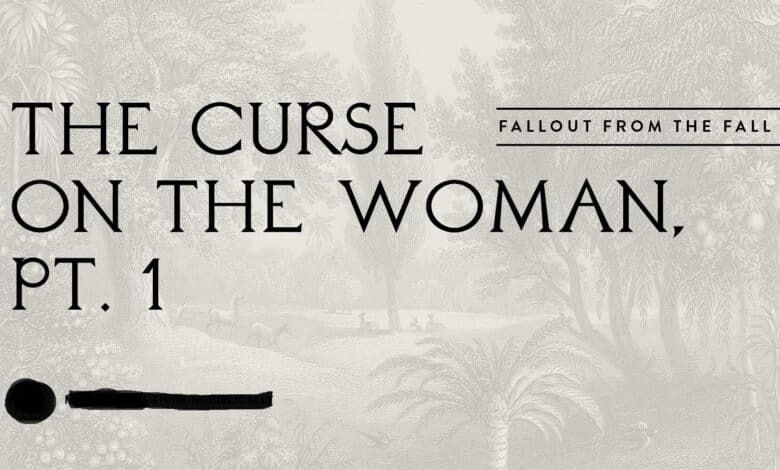The Enigma of “The Cursed Woman” by Octave Tassaert: Unraveling the Mysterious Painting

Nicolas Francois Octave Tassaert’s painting, La Femme Damnée or The Cursed Woman, has long captured the attention and curiosity of art enthusiasts and scholars alike. This enigmatic artwork, created in 1859, depicts a woman engaged in intimate acts with three otherworldly figures. The explicit nature of the painting, combined with its provocative title, has sparked numerous questions about its meaning, symbolism, and the intentions of the artist. In this article, we will embark on a journey to unravel the mysteries surrounding “The Cursed Woman” and delve into the possible interpretations and significance behind this captivating piece of art.
The Artist: Octave Tassaert
Before diving into the analysis of the painting, it is essential to understand the artist behind it. Octave Tassaert, born in 1800 in France, was a talented painter known for his exploration of societal issues through his artwork. His works often depicted the harsh realities of urban life, including poverty, sickness, and social injustice. Tassaert was not afraid to tackle taboo subjects, and his paintings frequently incorporated themes of sensuality and eroticism. While his art garnered recognition, Tassaert’s career faced challenges, and he eventually withdrew from the art scene. Tragically, he took his own life in 1874, leaving behind a legacy of thought-provoking and controversial works.
Decoding “The Cursed Woman” Painting
“The Cursed Woman” painting presents a scene that is simultaneously captivating and perplexing. At first glance, it is evident that the artwork portrays a woman engaged in explicit sexual acts with three ethereal beings. The figures surrounding the woman are depicted in a gentle and sensual manner, with one figure engaged in oral pleasuring, another attending to her breasts, and the third kissing her lips. The question arises: why is this woman considered cursed or damned? What is the underlying message behind this seemingly provocative portrayal?
Unveiling the Symbolism
To fully grasp the meaning of “The Cursed Woman,” it is crucial to examine the symbolism imbued within the painting. The figures surrounding the woman are ethereal and otherworldly, blurring the lines between reality and fantasy. Some art scholars have suggested that the woman represents the Greek goddess Aphrodite, while the surrounding figures could be interpreted as nymphs or angels. This interpretation aligns with the artistic tradition of depicting nudity and sexuality through mythical or historical figures.
Social Commentary and Controversy
Tassaert was no stranger to controversy, and “The Cursed Woman” painting certainly pushed the boundaries of societal norms during the 19th century. The explicit nature of the artwork, combined with its overtly sexual content, would undoubtedly have elicited strong reactions from viewers at the time. It is said that this painting marked a turning point in Tassaert’s career, potentially leading to its abrupt end. The prevailing conservative attitudes towards female sexuality and the male gaze likely contributed to the negative reception of the artwork.
The Damned Woman: A Symbol of Patriarchal Condemnation
One possible interpretation of “The Cursed Woman” revolves around the societal condemnation of female sexuality. During the 19th century, women faced significant restrictions and judgments when it came to expressing their desires and engaging in sexual activities. The title of the painting, “The Cursed Woman,” suggests that the woman depicted is damned or condemned for her sexual agency. This interpretation highlights the power dynamics and double standards prevalent in 19th-century society, where women were often shamed and marginalized for embracing their sexuality.
Female Empowerment or Internalized Misogyny?
Alternatively, some art scholars argue that “The Cursed Woman” may possess a more nuanced and empowering message. They propose that the painting challenges societal norms and expectations by depicting a woman who unabashedly embraces her sexual desires and pleasures. In this interpretation, the title “The Cursed Woman” could be seen as ironic, suggesting that society’s condemnation is misplaced and unjust. It prompts us to question the inherent biases and prejudices that have historically marginalized women and their sexual autonomy.
The Legacy of “The Cursed Woman”
Despite the passage of time, “The Cursed Woman” continues to captivate audiences and provoke discussions about gender, sexuality, and societal norms. Its explicit depiction of female pleasure and the controversies surrounding it are reminiscent of contemporary conversations surrounding female empowerment, consent, and the reclaiming of sexuality. The painting serves as a reminder that society’s attitudes towards female sexuality have a long and complex history, reflecting the ongoing struggle for gender equality and sexual liberation.
Conclusion
“The Cursed Woman” by Octave Tassaert remains an alluring and enigmatic artwork that defies easy interpretation. While the exact intentions of the artist may forever remain a mystery, the painting offers a window into the societal norms, power dynamics, and struggles faced by women during the 19th century. It challenges us to question our own assumptions and biases surrounding female sexuality and serves as a testament to the enduring power of art to provoke thought and spark dialogue. As we continue to explore and analyze Tassaert’s masterpiece, let us strive for a society that embraces and celebrates the diverse expressions of human sexuality, free from judgment and condemnation.




